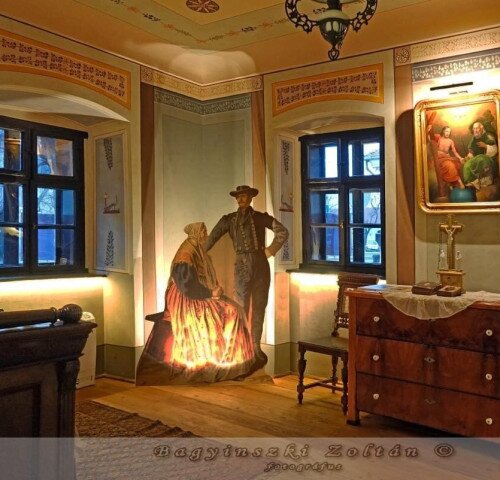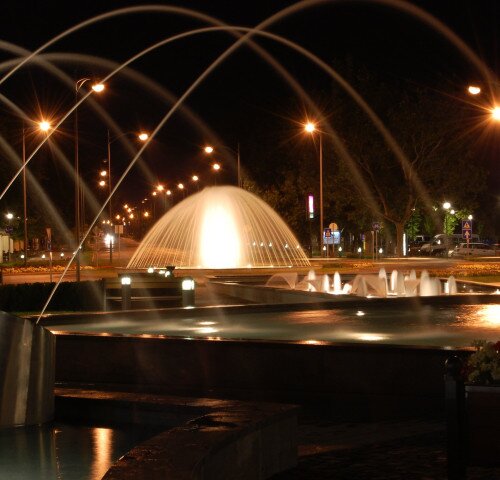Physics, astronomy, science...
Zoltán Bay was born on 24 July, 1900 in the rectory of the Calvinist Church of Gyulavári. The exhibition of his life’s work is in a building across the street from the church. It is said that when he saw the moon behind the church, he was wondering if he could reach it by climbing the tower.
When he was only thirty years old, he became the youngest professor in Hungary to head the Department of Theoretical Physics at the University of Szeged. Zoltán Bay and his colleagues developed a new type of electrocardiograph and almost succeeded in developing the pacemaker, a device that regulates the heart’s rhythm. At the Budapest University of Technology, he established a Department of Nuclear Physics: the first such department in Hungary.
Bay, whose experiments led to the founding of radar astronomy, was elected a corresponding member of the Hungarian Academy of Sciences in 1936. In 1945 he became a full member and president of the Electrotechnical Association. In 1948 he emigrated to the USA to escape persecution by the communist authorities and a pending show trial. in 1983, The International Metrology Committee adopted his proposed definition of 1 metre as “the distance travelled by light in a vacuum in 1/229792458 of a second.”
Zoltán Bay's work is recognised around the world.
The permanent exhibition on the life and work of Zoltán Bay, physicist and inventor, is free of charge.
Opening hours and ticket prices
Advance booking required.
Monday - Thursday: 10:00-16:00,
Friday: 10:00 - 13:00
Saturday: 09:00 - 12:00.
Contact
- 5700 Gyula, Illyés Gyula street 4.


















